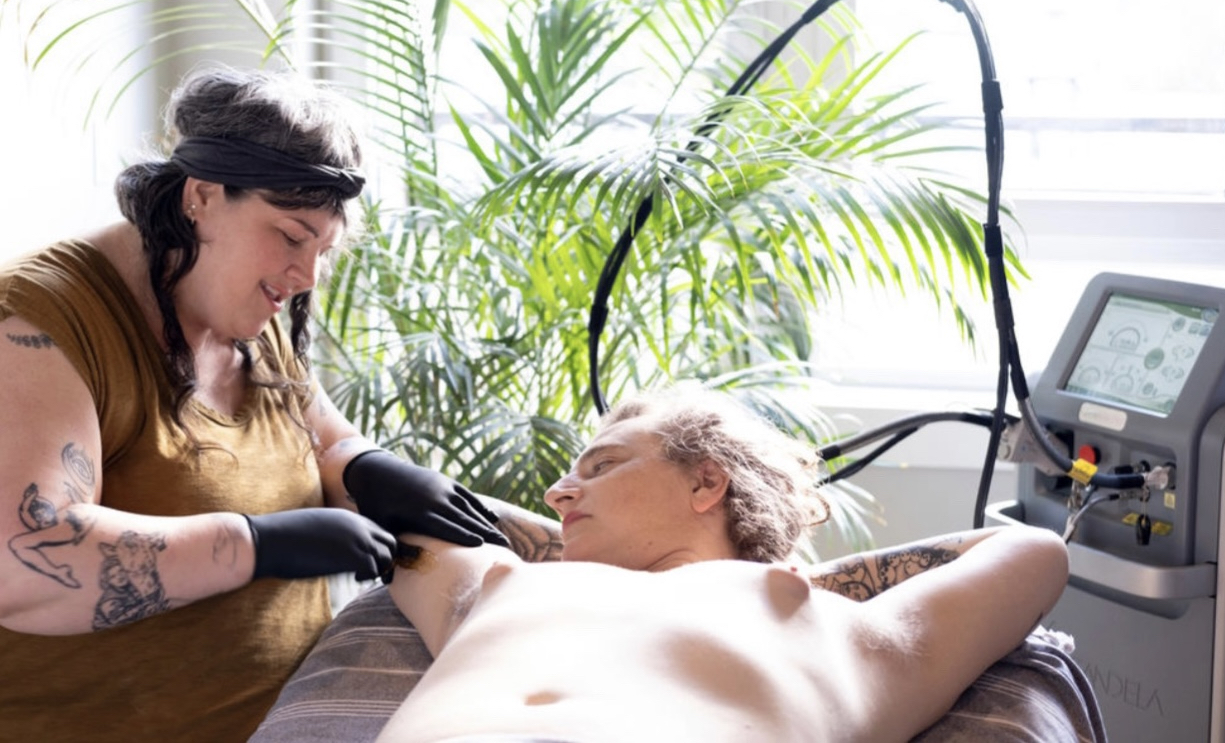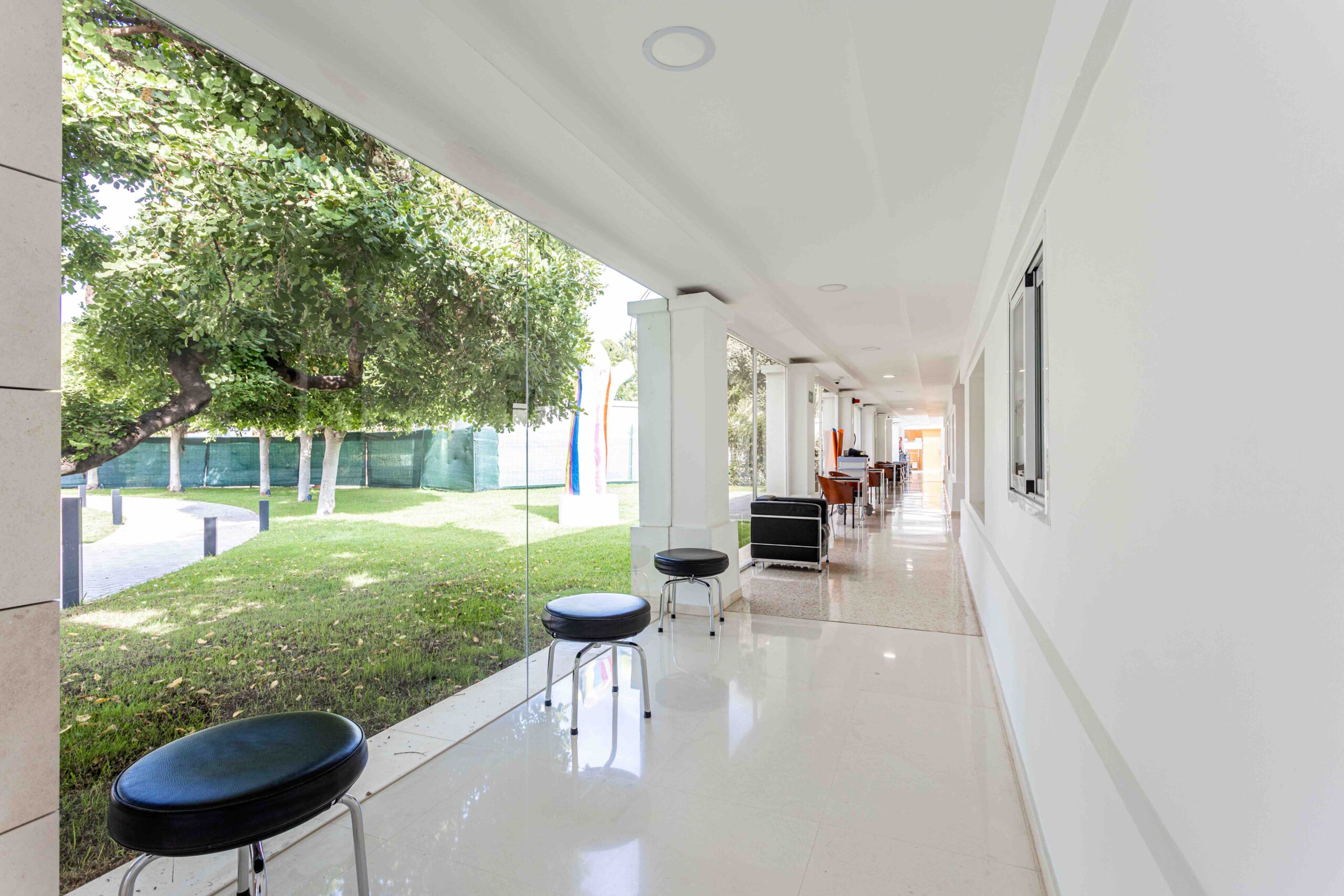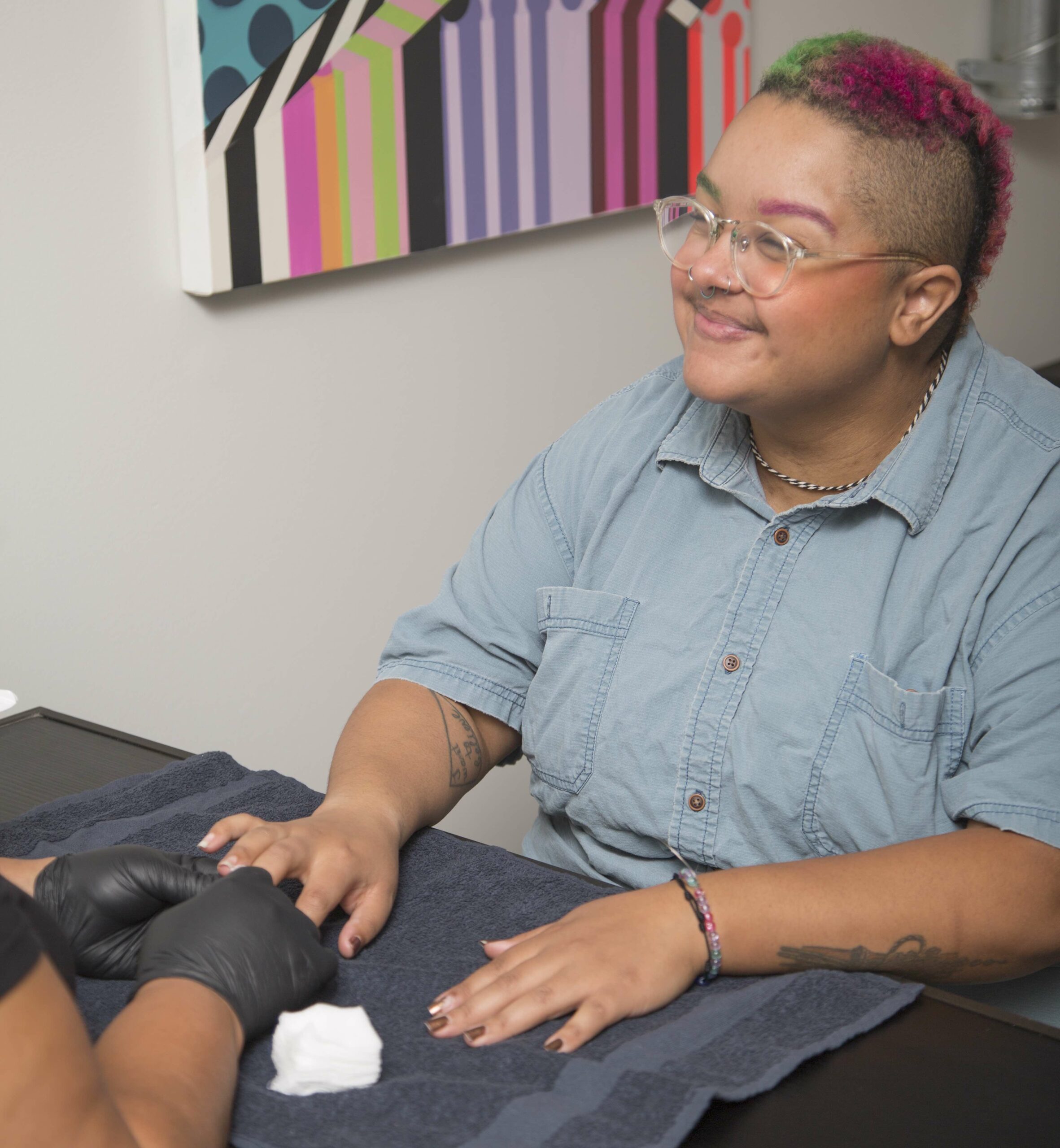
How Spas Can Serve Trans And Nonbinary People
When Christian Young, a 42-year-old trans man in Missouri, schedules massages, he often mentions his gender identity. “I just start by saying I’m interested in booking a session and, in addition to whatever physical thing I want to work on, ask if they have someone who would be comfortable with a trans client,” he says. “Post-top surgery, I had some adhesion issues and nerve weirdness, and I’ve asked massage therapists for advice on that.”
Not only can transgender and nonbinary people have unique needs when it comes to spas, some feel uncomfortable in spa environments that traditionally have contained gender-segregated areas like locker rooms and saunas. With 1.6% of Americans, including 5% of those aged 18 to 29 years old, identifying as transgender or nonbinary, this population is a significant and growing one for spas to be aware of as alienating transgender and nonbinary people could alienate potential clients.
Using sensitive language
The most basic and essential move spas can make to welcome transgender and nonbinary customers is to ask for and use customers’ preferred pronouns and names, says Lilia Koss, public relations manager for global multidisciplinary surgical group Facialteam, which assists trans and gender-diverse people with facial surgery. She says, “If we happen to make an error, we apologize and autocorrect immediately without making a scene.”
Natalie Venus De Hull, owner of sugaring destination Uncle Nat’s, says, “We even keep clients’ pronouns in their file so that every technician a client may encounter refers to them correctly, and we can edit those pronouns however many times they want.”
Koss adds it’s important that “any intake documentation or visible labeling is gender-inclusive, for example, leaving gender fields open instead of just M or F.” Although asking about preferred pronouns and names is essential, Koss underscores staff should avoid prying or unnecessary questions about someone’s identity or anatomy.
Young recommends that spas teach their staff terminology related to gender identity. He says, “Folks who aren’t savvy can hear ‘trans man’ and still be confused, and anti-trans rhetoric certainly doesn’t help with that problem.”

Providing co-ed areas
Spa consultant Julie Pankey has noticed that increasing numbers of spas over the past decade offer co-ed saunas, steam rooms and changing areas, frequently with private rooms in them. When there are gender-segregated areas, spas can allow trans people to go to the spaces designated for the gender they identify with, while nonbinary people can go wherever suits them.
Tavi Hawn, a psychotherapist specializing in gender identity, advises spas to have at least one single-person, gender-neutral changing room, one single-stall shower and lockers installed in a hallway. They say, “Ideally, you could just install all single-stall showers/changing rooms with hallway lockers.”
In addition, spaces like hot tubs and saunas can be co-ed with some sort of clothing required, and people can book these areas privately for an hour at a time, says Hawn. They explain, “If your spa offers clothing optional group tub/sauna services, consider holding closed Pride days specifically so gender-expansive people might have a more comfortable option.”
Places without specific gender-neutral spaces may have to be creative to make special accommodations. Ruth Carter, a 43-year-old nonbinary person in Phoenix, swims laps in a public pool that people have to access through male or female locker rooms. Since they don’t feel comfortable in either, they pass through a staff-only first aid room instead.
“This is the best solution they can offer at this time,” says Carter. “If they were building a new facility, I hope they would include either a gender-neutral or family locker room or at least a gender-neutral entrance to the pool area.”
Opponents of accommodations for trans and nonbinary people are concerned about safety issues that may stem from co-ed or trans-inclusive spaces, but the results of laws permitting trans people to use the restrooms of their choice have shown that such spaces aren’t dangerous, according to a spokesperson for the organization Gay & Lesbian Alliance Against Defamation.
“More than 400 cities and 21 states have enacted and successfully implemented these laws to protect LGBTQ people from discrimination and allow transgender people to use the restroom that matches the gender they live every day,” they say. “And there’s been no increase in public safety incidents in restrooms in any of those cities or states.”
LGBTQIA+-friendly advertising
Since not all spas are LGBTQIA+-friendly, Young suggests that those that are explicitly advertise themselves as such so that LGBTQIA+ clients can locate them. He says, “Tabling at Pride or being visible in local directories helps folks find a place.”
“The first step in being inclusive is showing inclusivity in your marketing materials,” says Cassie Sampson, owner of East Village Spa in Des Moines. “Move away from the traditional spa stock photography. Include models of varying ages, trans and nonbinary models, disabled models.” She counsels spas to stay way from gendered service titles like “men’s facial” or “manzilian.”
“I also think letting staff who want to visibly express LGBTQ+ identities can send a message about how welcome we are,” says Young. Hull is open about their own nonbinary identity and changed the name of their sugaring destination from Sugaring Brooklyn to Uncle Nat’s when they came out as nonbinary. They say, “Queering the name of the business by bringing my own identity to the forefront is my way of making sure our clients know at first glance what I stand for and who the business serves.”
Regardless of their gender identity, Sampson says spa staff can demonstrate allyship by communicating their pronouns on their name tags and online bios.
Serving trans people’s needs
In validating spa environments, spa staff may become confidants for trans clients. “For some of our older transitioning guests, they like having an empathetic ear as they navigate different beauty standards,” says Sampson. “They are finding some of the online tutorials challenging and like having a caring person in real life guide them through makeup, haircare and nail care.”
Other adjustments for gender-diverse clients are accommodating requests regarding the gender of the service provider, giving options in terms of how covered somebody is during treatments and being clear in advance about what will happen during each treatment, says Pankey. Hull asks customers what words they prefer to describe their body parts.
Some gender-diverse people may prefer that certain body parts not be touched. “Sometimes, bringing attention to the body can bring up dysphoria,” says Hawn. “Along with that, your bodyworkers could be trained to assist with post-surgical care [and] support during gender-affirming hormone therapy.”
Skincare services, for instance, can be designed for trans people experiencing acne after hormone replacement therapy, cheek or neck pigmentation after laser hair removal or scarring after facial feminization surgery, says Gina Damato, aesthetician and founder of skincare studio Chateau Glow in Brooklyn.

Listening to trans and nonbinary voices
The more gender-diverse people that spas hire, the more knowledge they will have about fostering safe spaces for clients sharing gender-diverse identities. Sampson says, “We are fortunate to employ wonderful trans and nonbinary employees and have had the gift of a long-time employee sharing his transition experience with our team, including physical and emotional issues that that arose.”
Hull says spas with only cisgender staff may consider hiring a trans consultant. Koss points out another option is to reach out to trans and nonbinary groups and offer free or low-cost sessions in exchange for feedback.
No matter how much effort goes into being inclusive, though, spa staff will still have to ask each person about their individual needs. “There’s no one way to be trans, so there’s no perfect way to meet the needs of all trans people,” says Hull. “Working with trans and nonbinary humans is a constant process of expansion and creativity.”
The most crucial thing to consistently do, though, is simply to treat everyone with respect, and let them know they’re welcome. “Most importantly, there’s no room for judgment,” says Damato. “We are in the business of client service and treating everyone who walks through our door respectfully and kindly.”
KEY TAKEAWAYS
- Trans and nonbinary people constitute a growing population, and spas will have to make efforts to accommodate them if they don't want to alienate them as clientele.
- Staff should be trained on gender-inclusive language and be conscious of customers’ pronouns and identities.
- Gender-neutral and co-ed spaces are helpful to those who identify outside the gender binary.
- Spas that are LGBTQIA+-friendly should make this clear in their advertising.
- Staff can be trained in specific spa-related needs that gender-diverse people may have.
- Spas should hire trans and nonbinary people and/or get feedback from gender-diverse consultants and customers.





Leave a Reply
You must be logged in to post a comment.